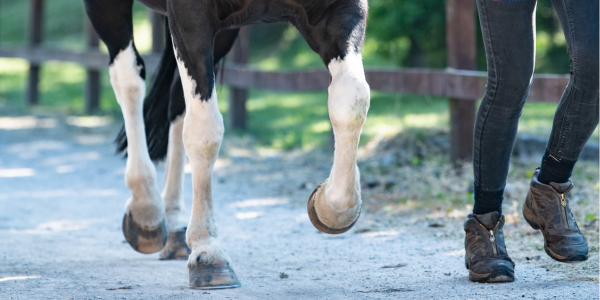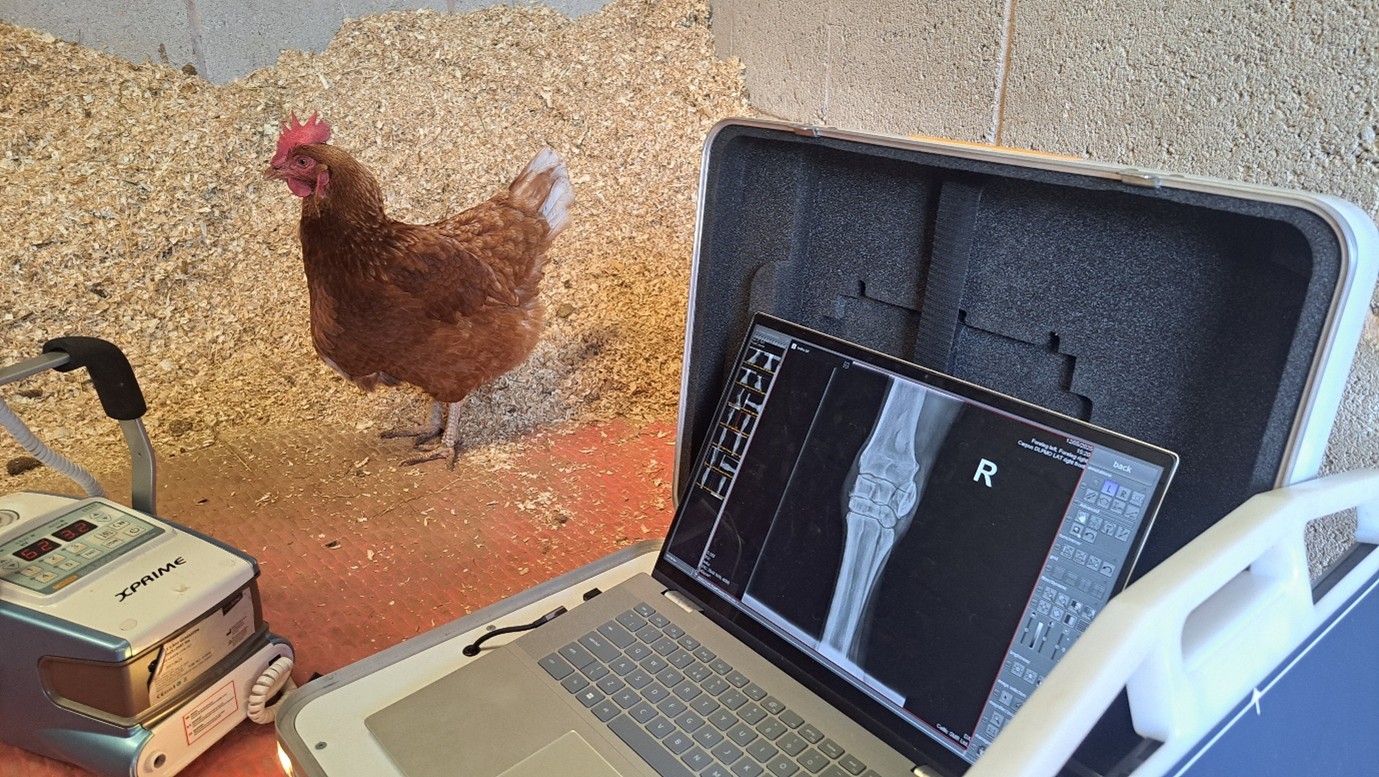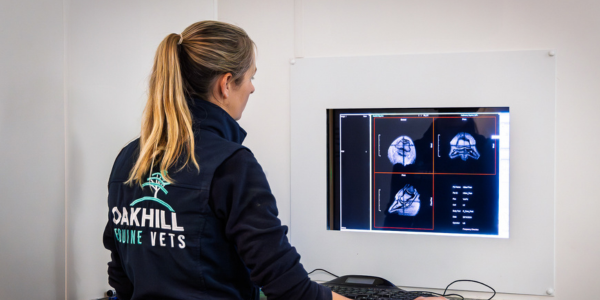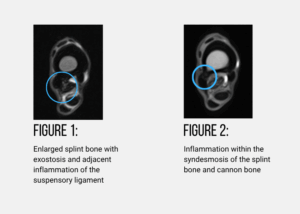1 Companionship and emotional support
Pets provide unconditional love and companionship, which can significantly reduce feelings of loneliness. For individuals dealing with social isolation, having a pet can be a comforting and supportive presence. They are always there, ready to offer affection, and their consistent companionship fosters a sense of connection that can lift spirits.
2 Reduced stress and anxiety
Spending time with pets, especially stroking or cuddling them, has been shown to reduce stress levels. The simple act of petting a dog or cat releases oxytocin, a hormone known for promoting feelings of happiness and relaxation. Studies have found that the presence of pets can lower cortisol levels (a hormone associated with stress), helping individuals feel calmer and more at ease.
3 Routine and structure
For those struggling with depression or anxiety, maintaining a routine can be difficult. Pets, however, require regular feeding, grooming, and exercise, which naturally encourages their owners to create a structured schedule. This can be particularly helpful for people who have a hard time getting out of bed or staying on track. The responsibility of caring for a pet can give individuals a sense of purpose and accomplishment.
4 Physical activity and outdoor time
Many pets, especially dogs, need regular walks and playtime. This encourages their owners to get outside, get moving, and stay active. Physical activity is a proven way to improve mental health by boosting endorphins, reducing stress, and increasing overall mood. A brisk walk or a game of fetch can not only improve your pet’s well-being but yours as well.
5 Improved mood and emotional balance
Pets are known for their ability to cheer us up, especially on tough days. Their quirky personalities, antics, and unconditional affection often make us laugh and help take our minds off our worries. For individuals dealing with mood disorders, pets can provide a stabilising influence by offering a source of comfort and joy.
6 Building social connections
Pets can also play a role in fostering social connections. Dog owners, for instance, often meet others at dog parks or while walking their pets. These interactions can help individuals overcome feelings of isolation and create new bonds with others who share similar interests. Pets also serve as great conversation starters, making it easier to connect with people in social settings.
7 Therapeutic benefits
Animal-assisted therapy has become a popular treatment for mental health conditions like PTSD, depression, and anxiety. Trained therapy animals are brought into hospitals, nursing homes, and therapy sessions to offer comfort and support. The calming presence of animals has been shown to reduce symptoms of mental illness and provide emotional healing. The unconditional love and non-judgmental nature of pets make them ideal companions for therapeutic purposes.
8 Promoting mindfulness
Caring for a pet encourages mindfulness – being present in the moment. Pets don’t dwell on the past or worry about the future; they live in the here and now. By focusing on your pet’s needs and enjoying the simple moments spent together, you can learn to be more present in your own life, which can help reduce feelings of anxiety and stress.







